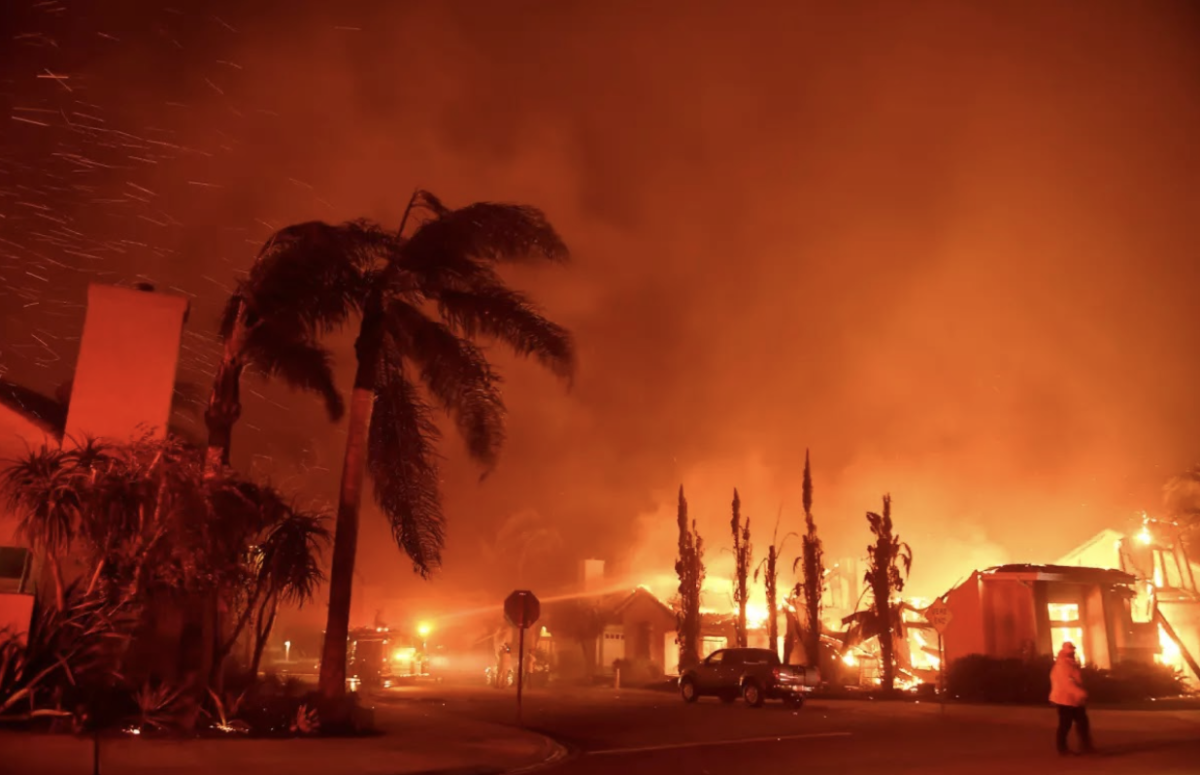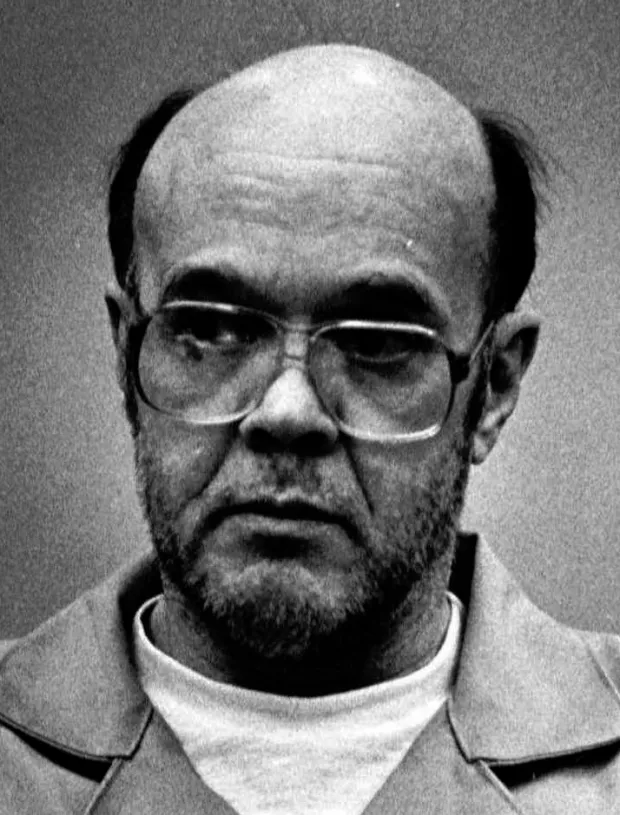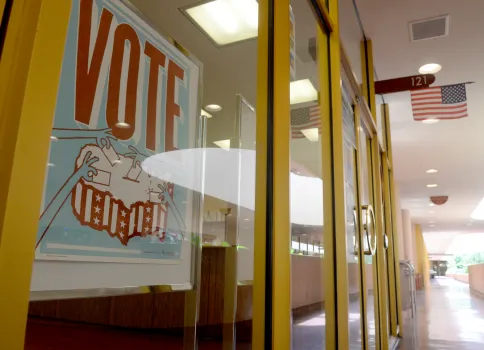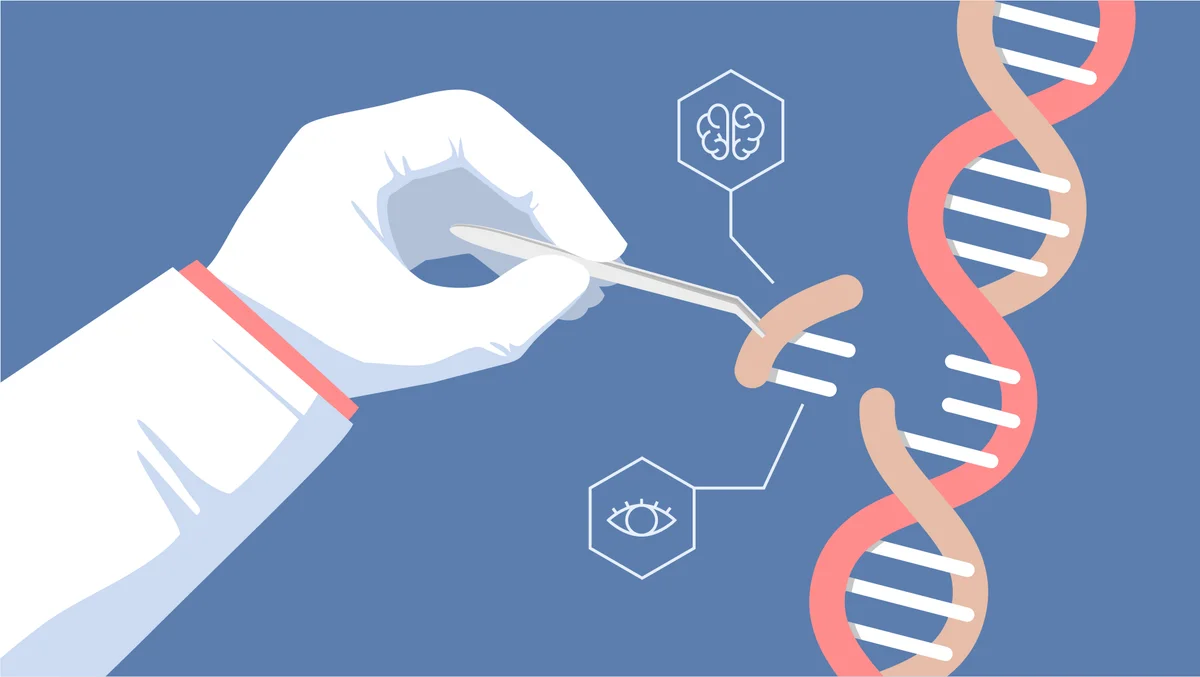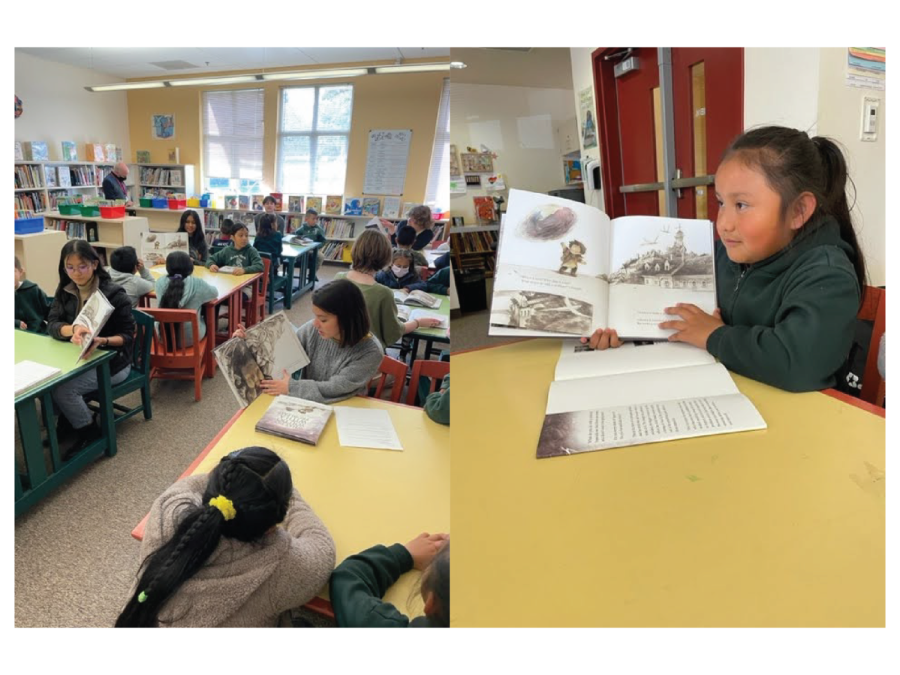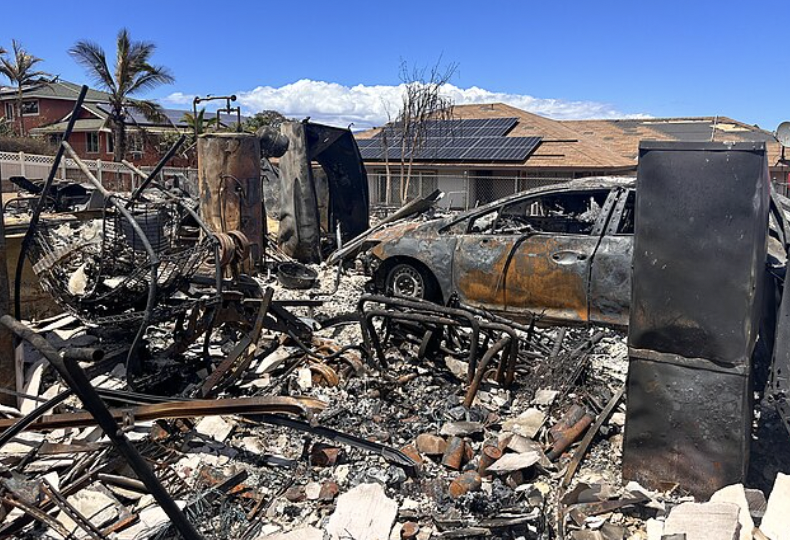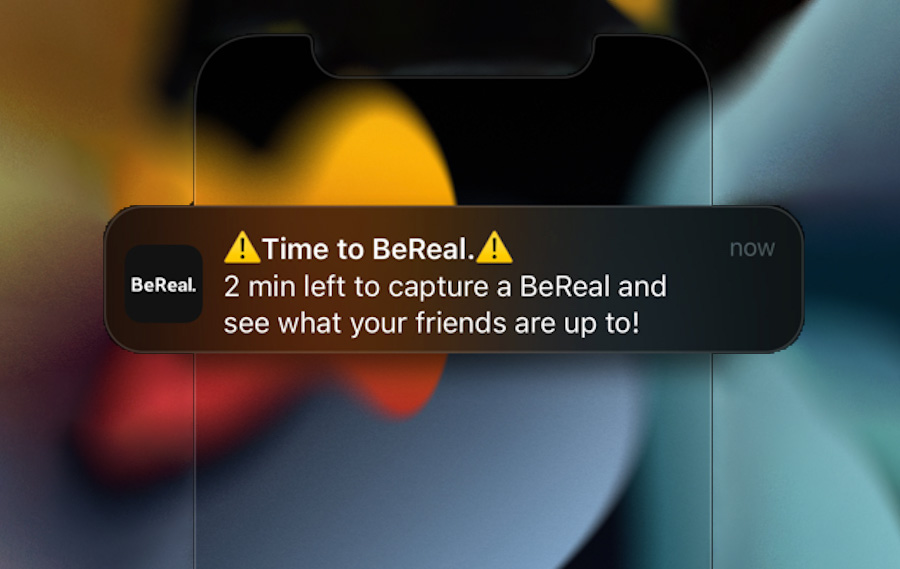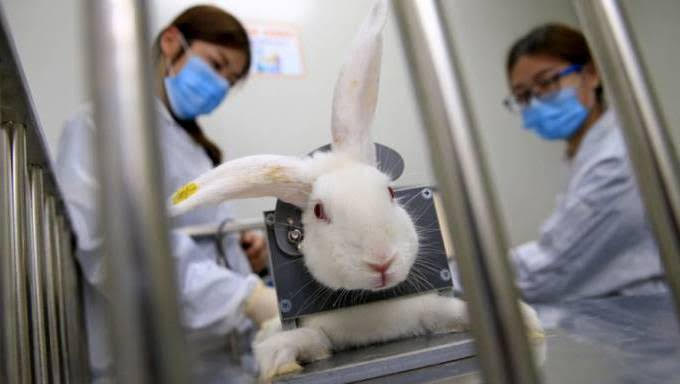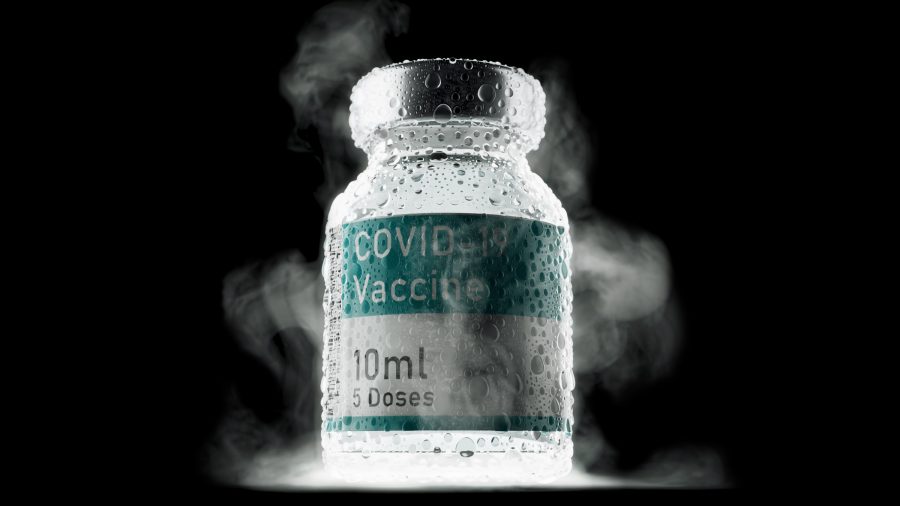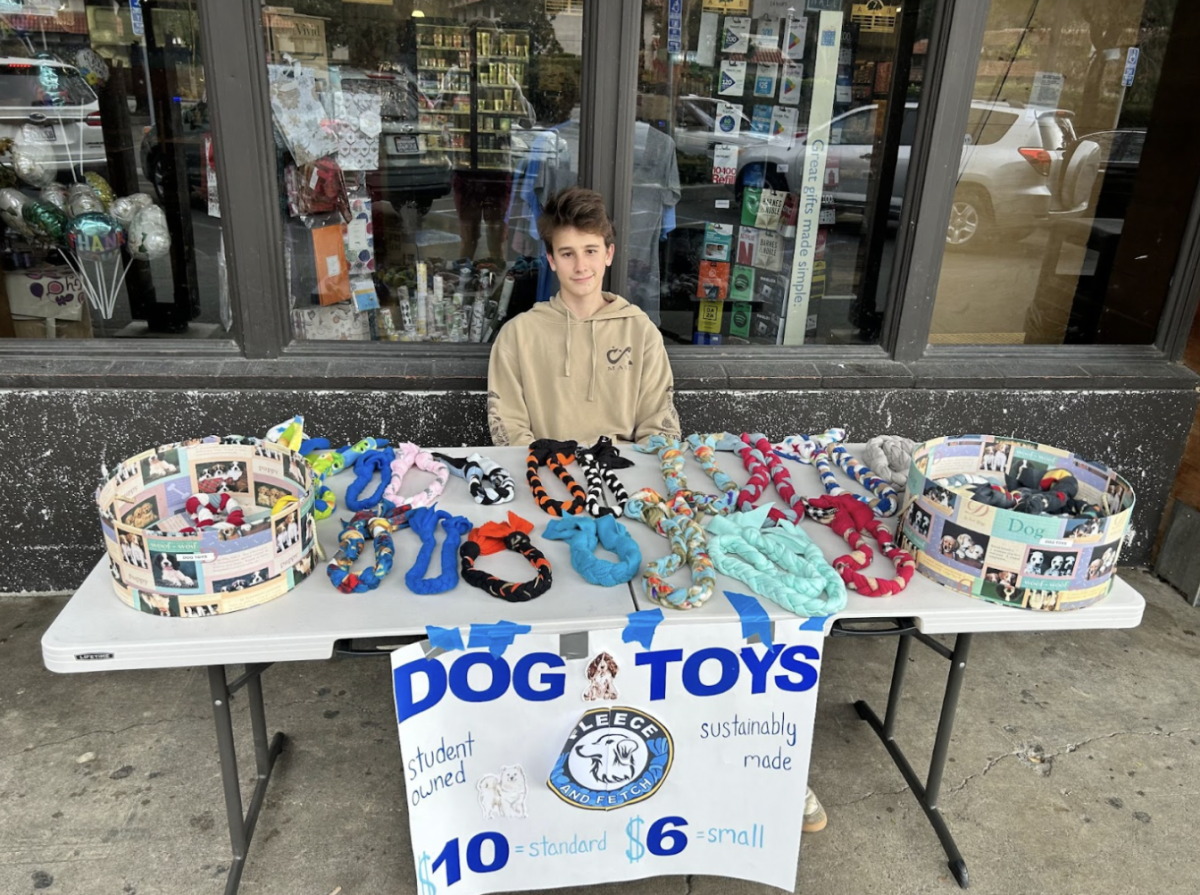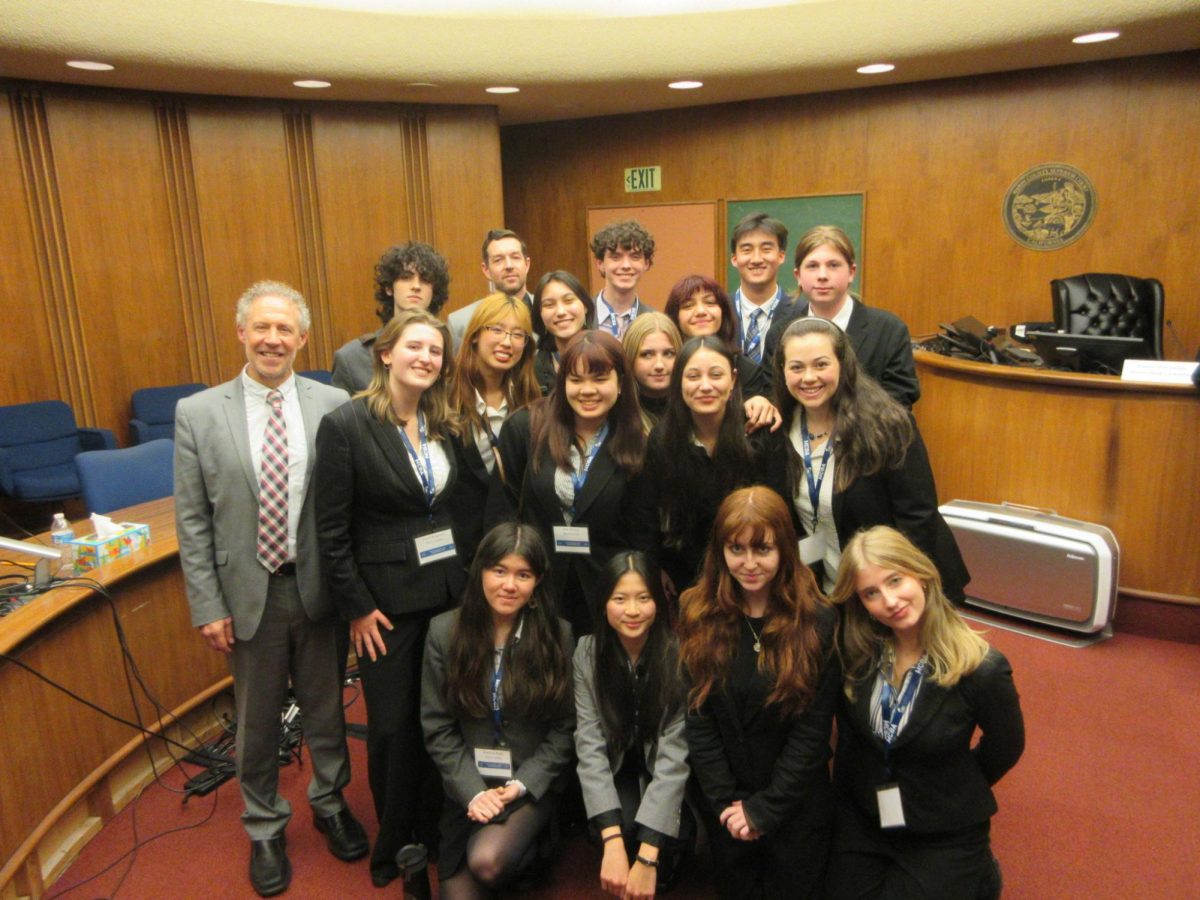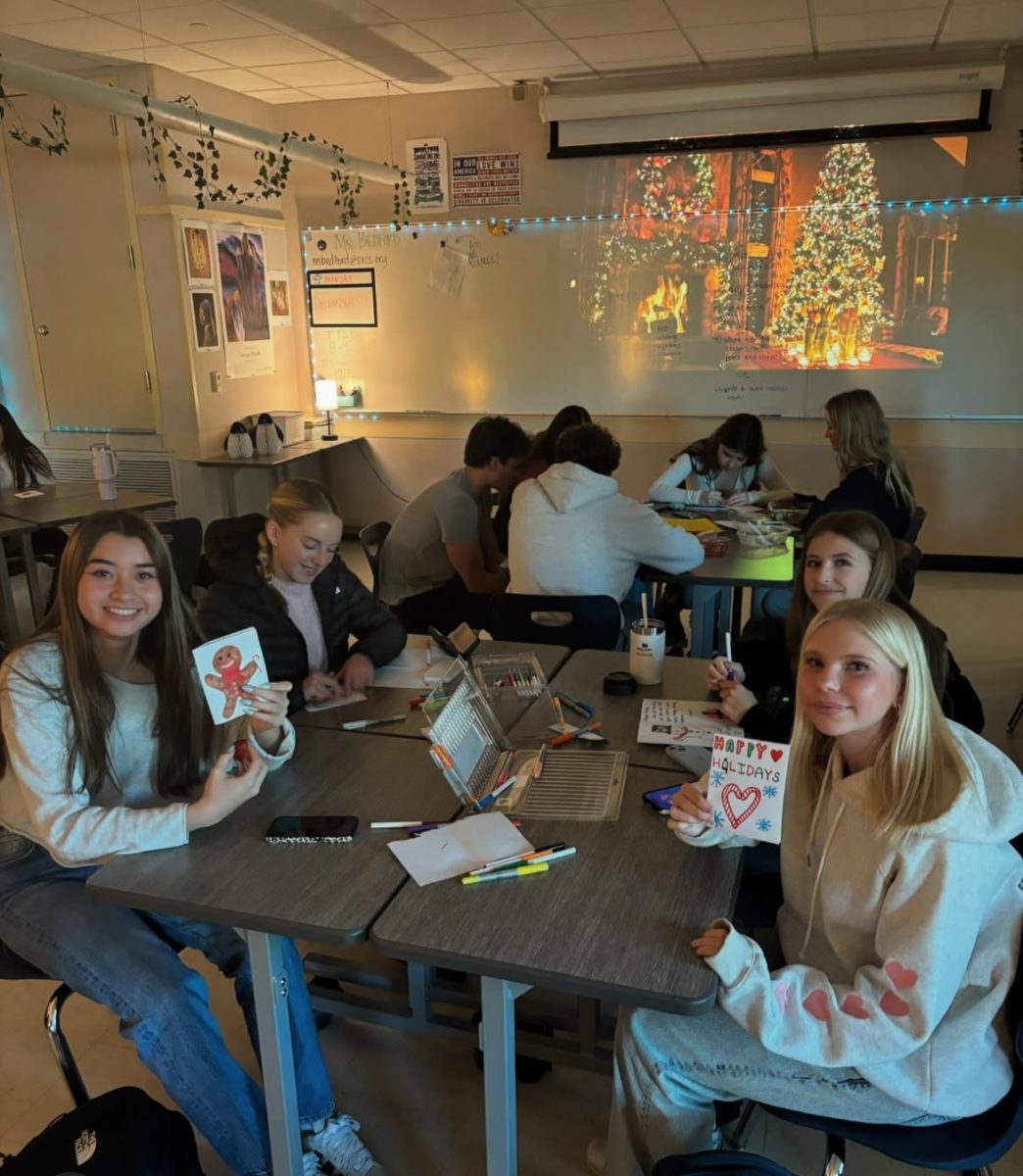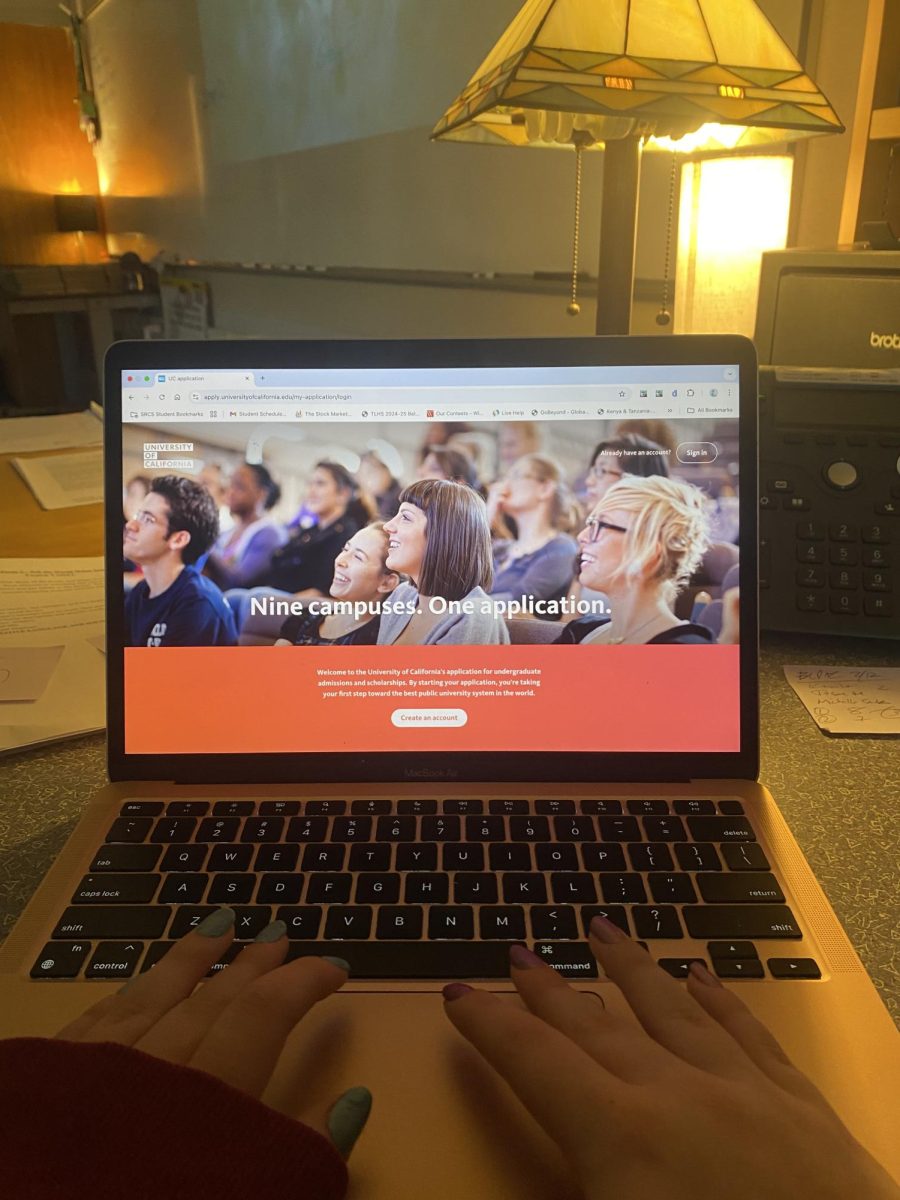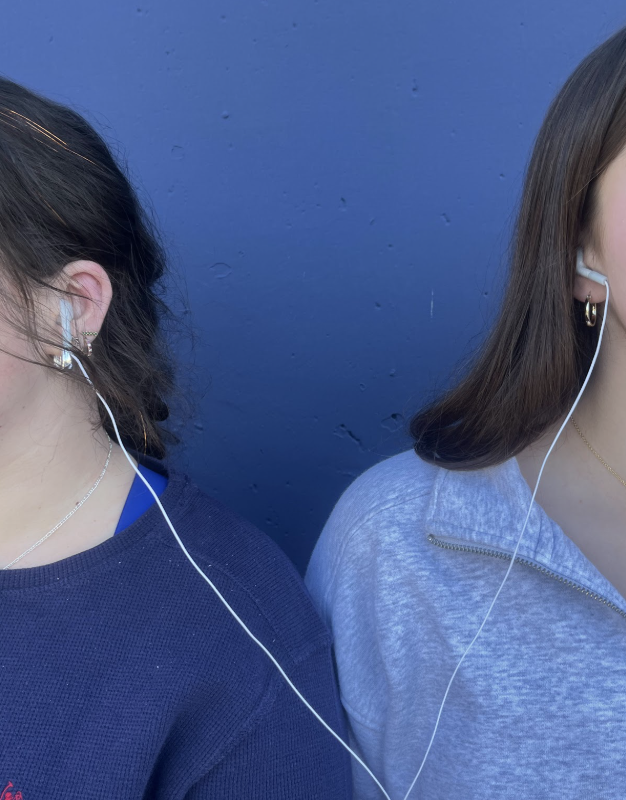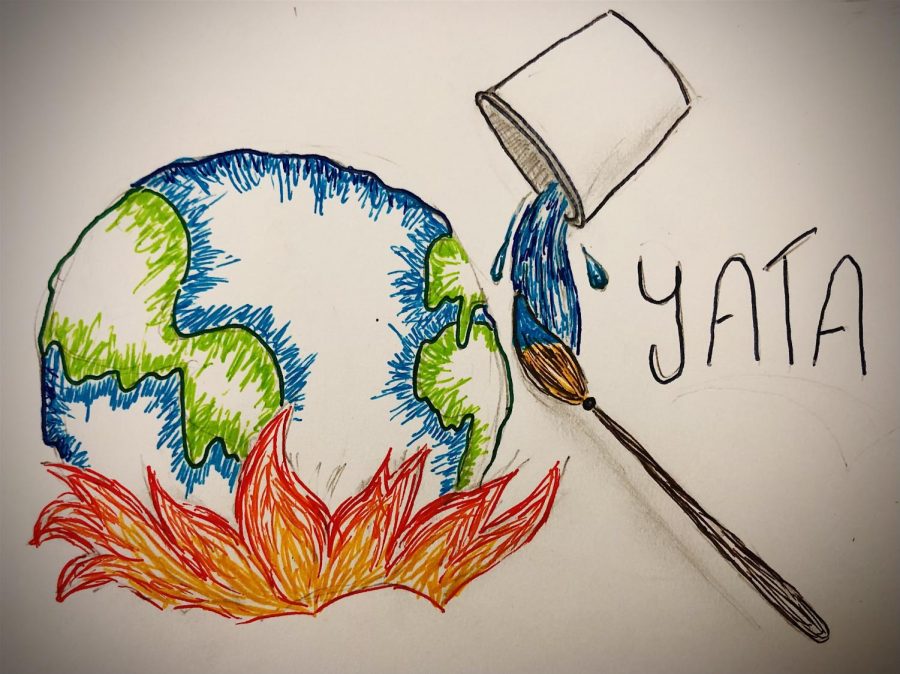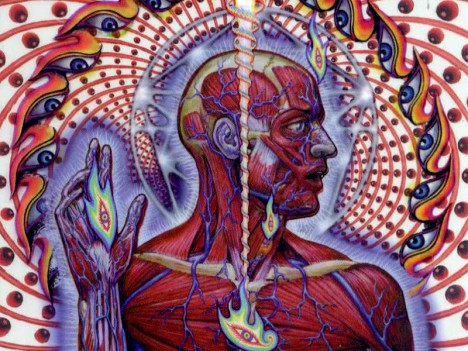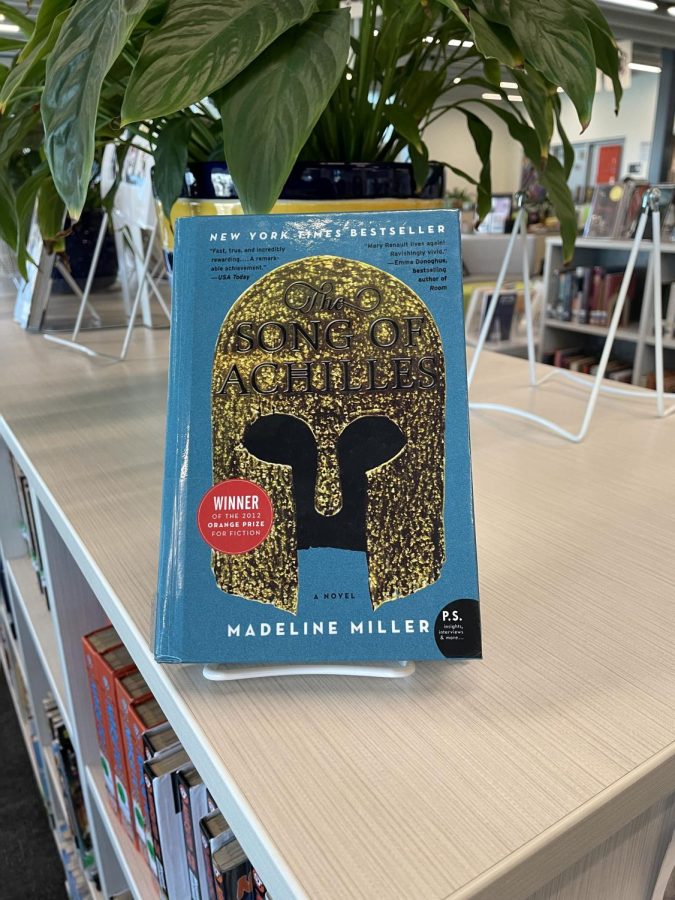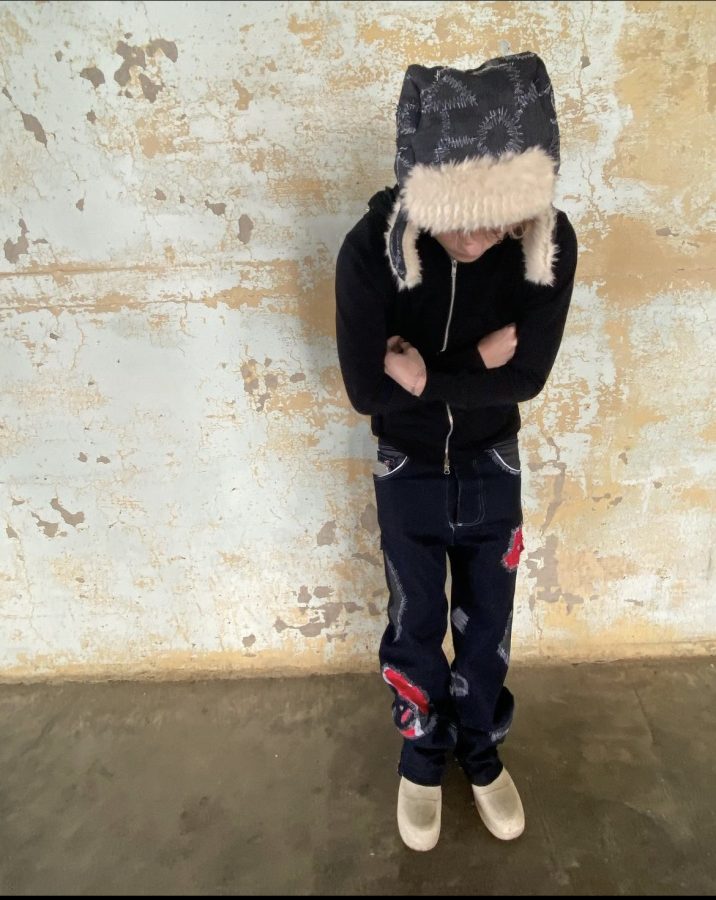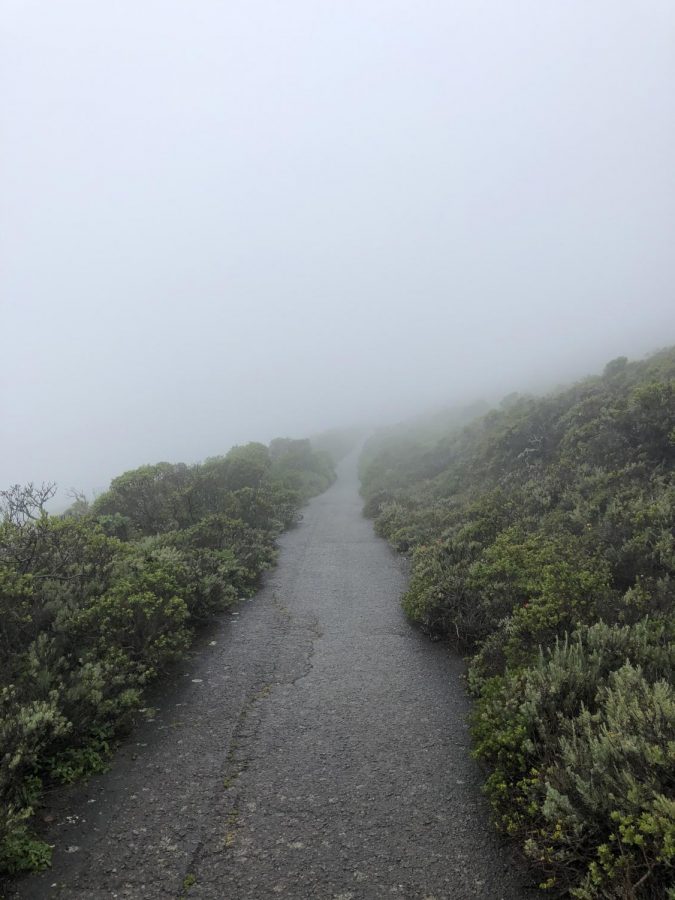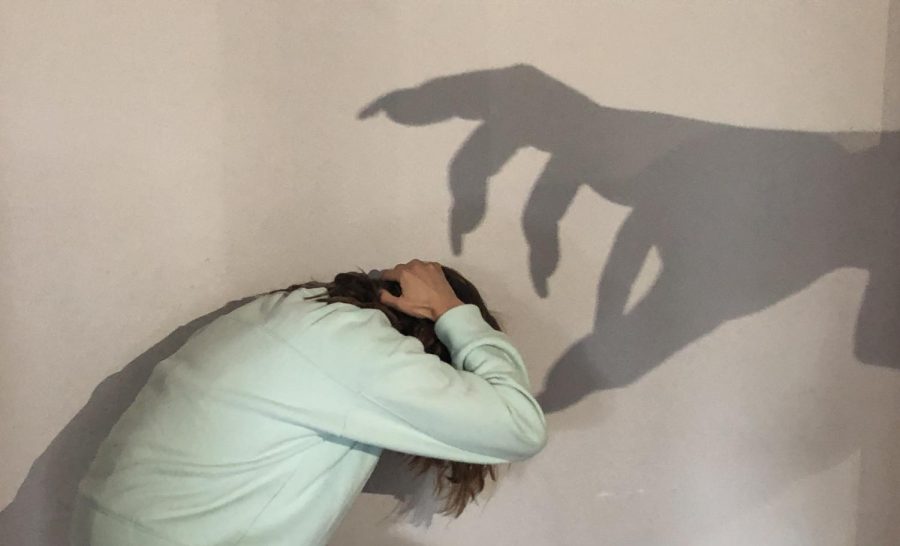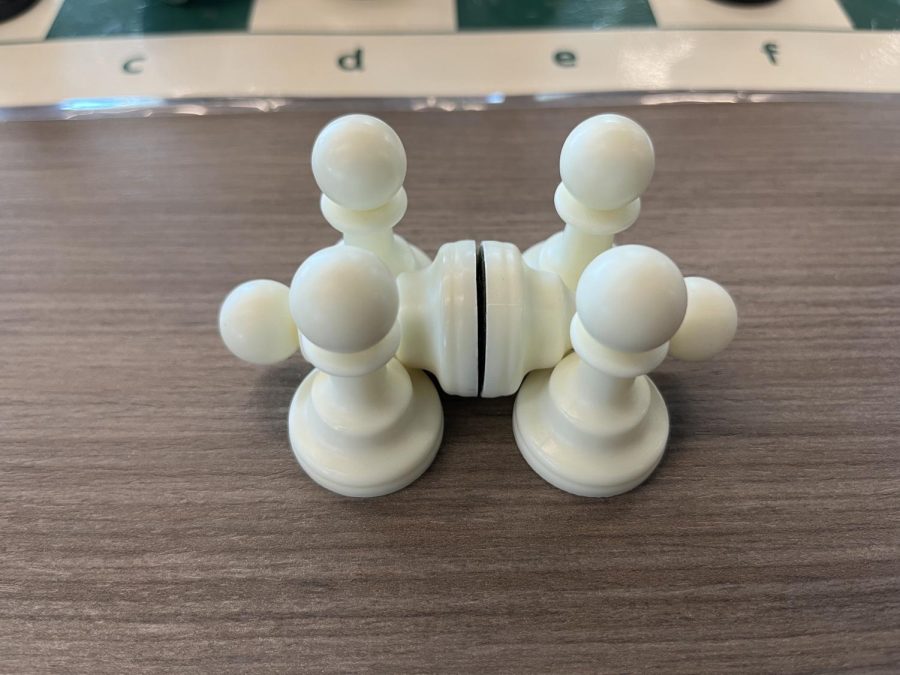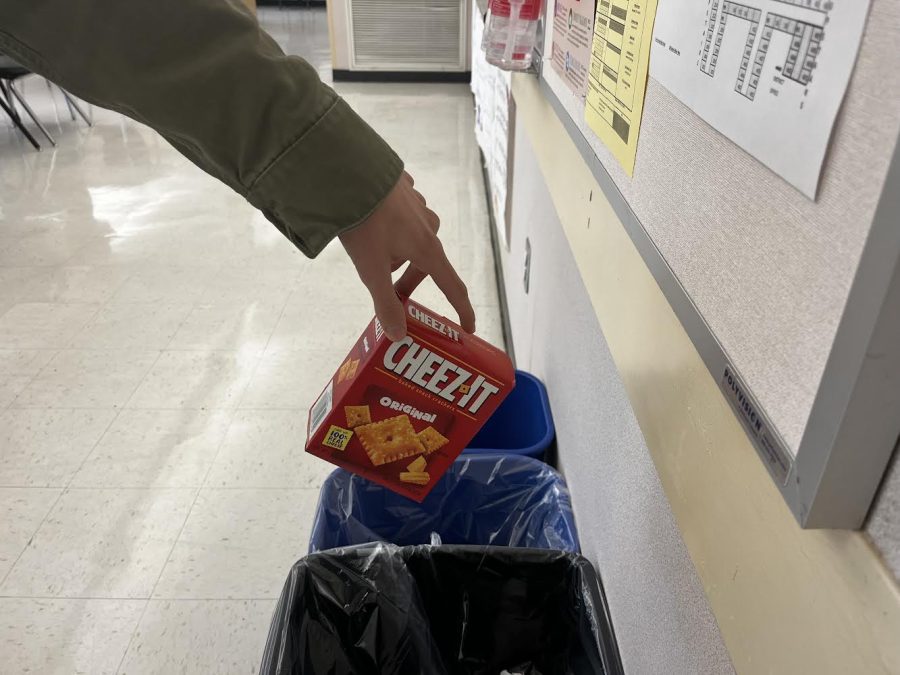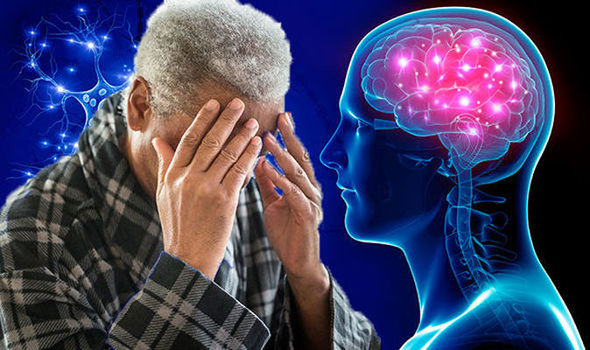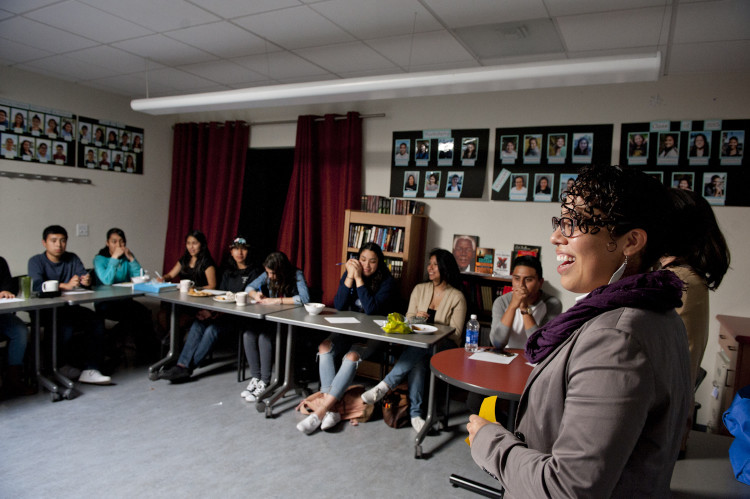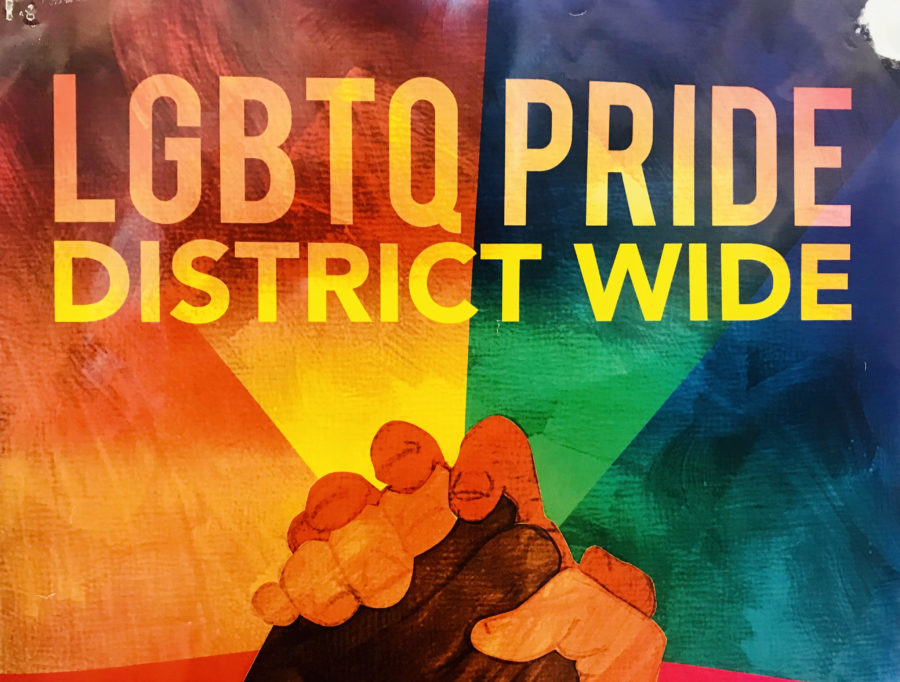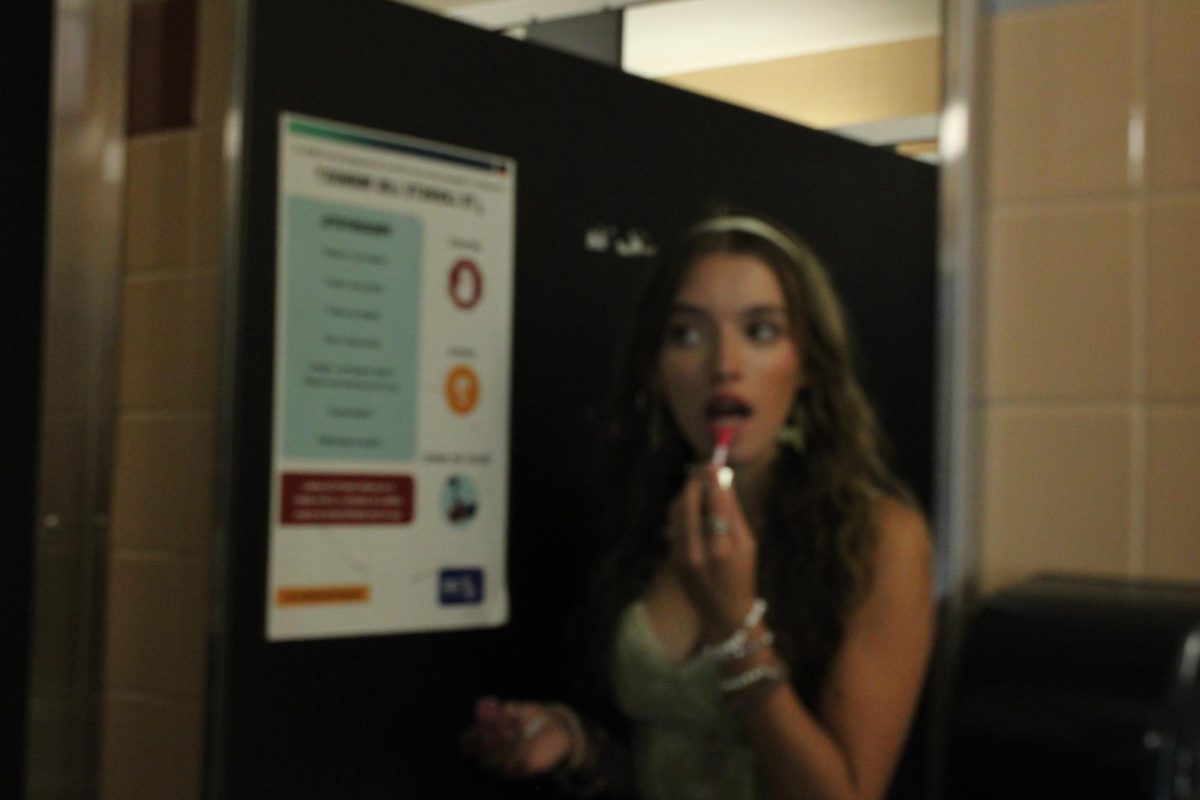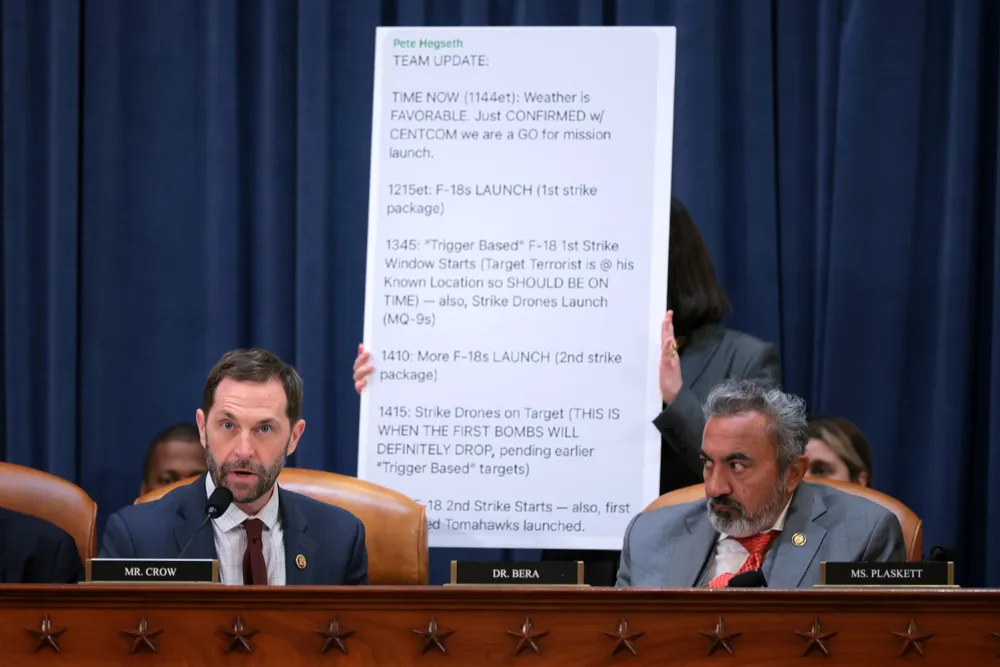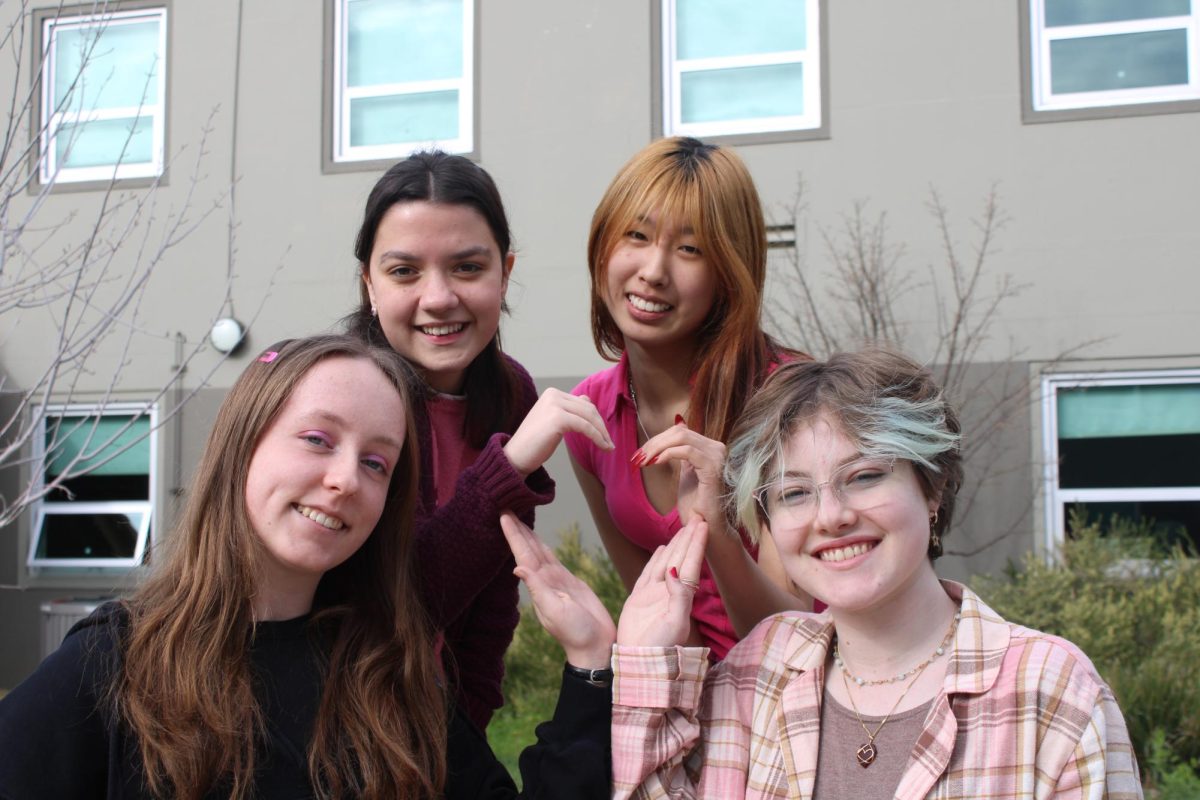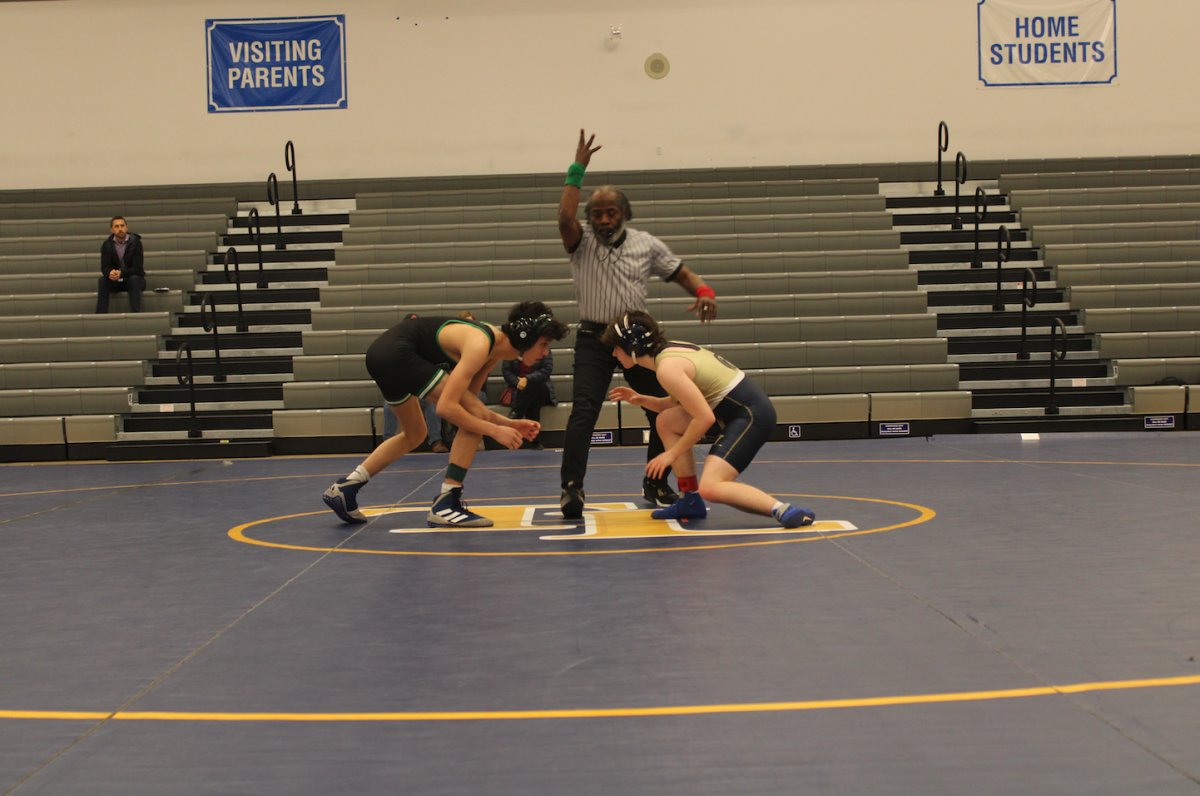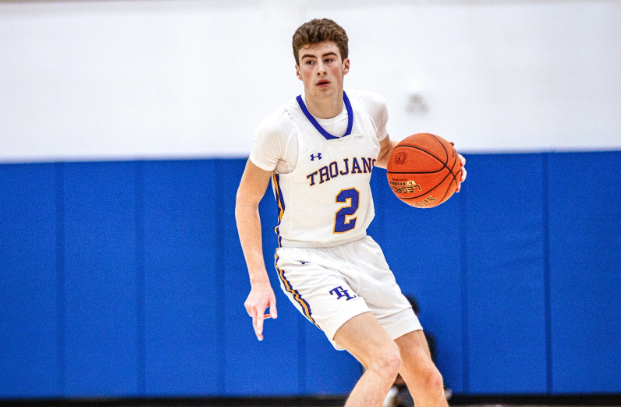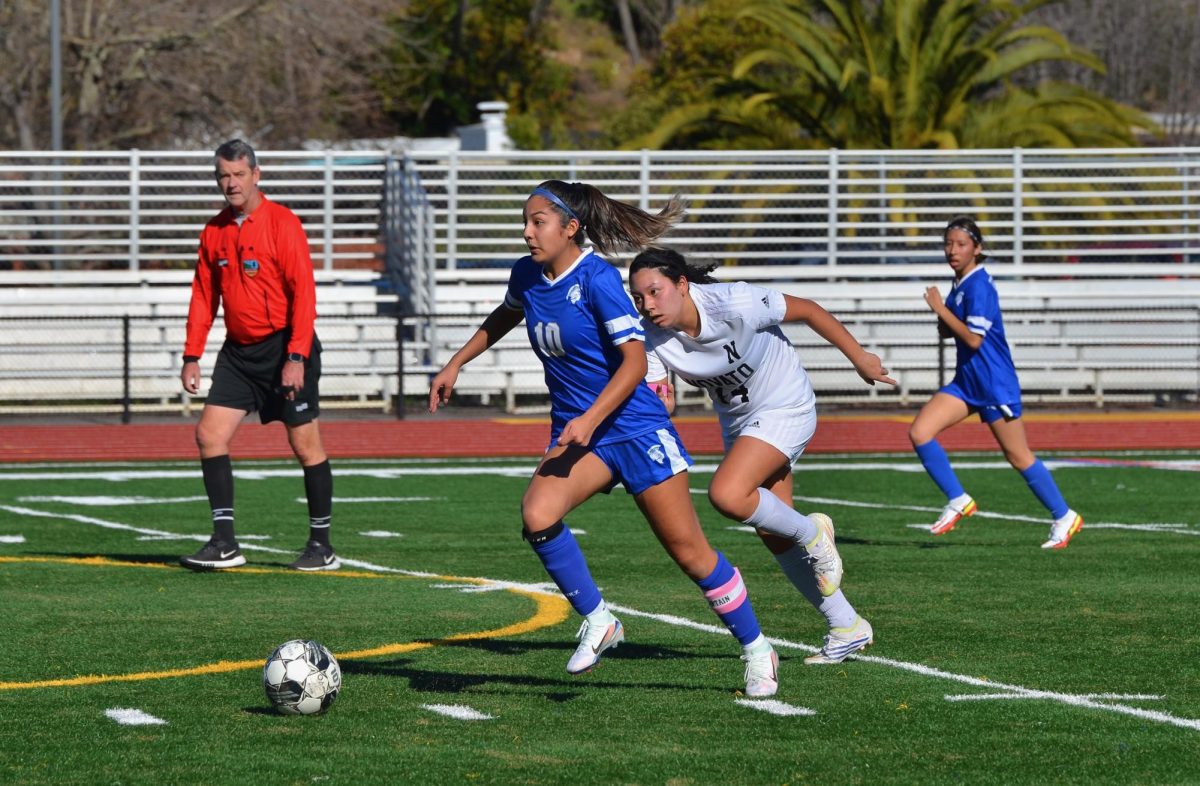“Not Alone”, a documentary about suicide and mental health, was shown at the Mill Valley Community Center in January to promote a general awareness of the topics. At the screening, speakers shared their experience in providing resources for individuals who have mental illnesses and need someone to talk to. Most of the students in the documentary discussed their experience with mental health and how they overcame it. On February 12, 2018, the documentary was shown at TL and Dunlap plans to show it again in the near future so interested students can see it during tutorial. The students in the film expressed relevant concerns: “Why don’t schools talk about mental illnesses? How can students tell people, especially adults, about how they’re feeling? How could we start the conversation about suicide and mental illnesses?” One individual from the documentary explains mental illness, specifically depression, “as if you were walking in a stream that was pushing against you.” Another describes “it’s like you’re drowning and everyone around is breathing. It feels like there should be emotion inside of you, but there isn’t and there’s no way of getting out.”
Suicide is a challenging and overwhelming topic for educators to discuss with students, partly because there’s always been a certain stigma around it and they are scared that they would bring attention to it in a way that would be harmful to students. Educators and loved ones sometimes don’t talk about suicide and mental illness because they are fearful to put harmful ideas into people’s heads. Lindsey Lee Johnson, author of a novel about the American Dream and mental illness, The Most Dangerous Place on Earth. Johnson, explains that adults aren’t very comfortable with the idea that their kids are suffering from a mental illness and want them to be happy. Parents hate the idea of their kids struggling and it’s an unsettling topic to bring attention to.
Since the perceptions of suicide and depression are starting to change, educators are starting to realize they need to carefully talk about mental illness and provide resources for individuals who are struggling with one. Now educators are teaching their students more about suicide and how to prevent it. Schools have to teach these topics in a manner that ensures students feel secure, otherwise, they won’t be comfortable talking about mental health as adults, which perpetuates the problematic cycle. Dunlap believes that everyone at TL should have more about suicide discussions inside and outside the classroom in order to break down the stigma surrounding it.
A few months ago, Ms. Dunlap shared information about suicide prevention, resources, and hotlines in one of her weekly memos to her staff. Prompted by this memo, Ms. Newton, a PE and health teacher at TL, is interested in showing “Not Alone” to freshmen and has facilitated discussions about it. In addition, Dunlap believes viewing “Not Alone” in class and having Student Voice, where students come together to discuss important issues at school, are great platforms to start the conversation about suicide. For the staff, Dunlap had staff meetings, trainings, and follow-up discussions about mental health and suicide. Johnson believes another safe way to start the conversation is to read books, especially fiction, since it’s easier for people to understand a certain issue through reading. Oftenly, it’s overwhelming for someone with a mental illness to tell someone how they’re feeling, so they feel more comfortable writing about it and reading about someone in a similar situation. The Conversation states, “Young Adult (YA) literature has long been a field where intense, anxiety-inducing or even taboo topics can be explored. Fiction offers a safe space for realistic and open discussions about troubling topics.”
Technology and social media have a huge impact on people with mental illnesses, especially teenagers as it’s often the first and last thing they see in the day. Dunlap has said social media can lower the shock value people have and it’s possible to become numb to some of the messages, which might be negative, that they received. Dunlap also explained that there is a lot of cyberbullying today. For example, an individual could say something horrible to someone through text or social media while they wouldn’t actually say it in person.
Johnson has similarly stated, “The difference is that today’s teenagers have always lived with the internet, so they don’t necessarily have the filter, or the slight discomfort, with posting online that many adults do […] I believe that modern technology and social media have amplified the bad behavior that has always been a part of the human experience, especially the teenage experience. We all know that typing a comment on Facebook is a lot easier, and often more immediate than confronting someone face-to-face.” Since teenagers today grew up with the internet and see different kinds of hate on it, they become desensitized to it. Also, they become comfortable giving others a hard time online.
A common stereotype of individuals with depression is that they could simply work through it like a cold. In reality, mental illnesses are true illnesses that could occur at any time in one’s life. People who struggle with a mental illness need the continuous support from loved ones. Johnson says, “No one likes to be prejudged or stereotyped. I think for the high school students in my book, stereotyping leads to feelings of helplessness. They feel trapped inside this role that they are expected to play. And when you grow up in a small town or a close-knit community like Marin, your role can often follow you from Kindergarten through senior year. I think this can be very damaging.”
Kiki Goshay, producer of ‘Not Alone” says that friends, family, and educators could help people who are struggling with a mental illness by listening to what their kids are saying. Goshay explains parents should pay more attention to their teens because we live in a culture where people often don’t express their feelings to others. Also, parents may not listen to what their kids are expressing. Johnson believes adults should be patient and open-minded when listening to their kids and be more willingly involved in their lives. Parents and friends can help individuals with mental illnesses by expressing their concern for them and offering ways to get help. For example, a loved one could recommend going to a counselor or writing about how they’re feeling that day.
If you need to talk to someone please contact eh following 24 hour hotlines:
Buckelew’s Suicide Prevention & Community Counseling of Marin: (415) 499-1100
Buckelew’s North Bay Suicide Prevention Hotline of Sonoma County: 1 (855) 587-6373
National Suicide Prevention Lifeline: 1 (800) 273-TALK (8255)
24/7 Crisis Text Line: Text 741741 or visit www.crisistextline.org
If you want to learn more about suicide and get involved with the promotion mental health awareness visit www.eachmindmatters.org

